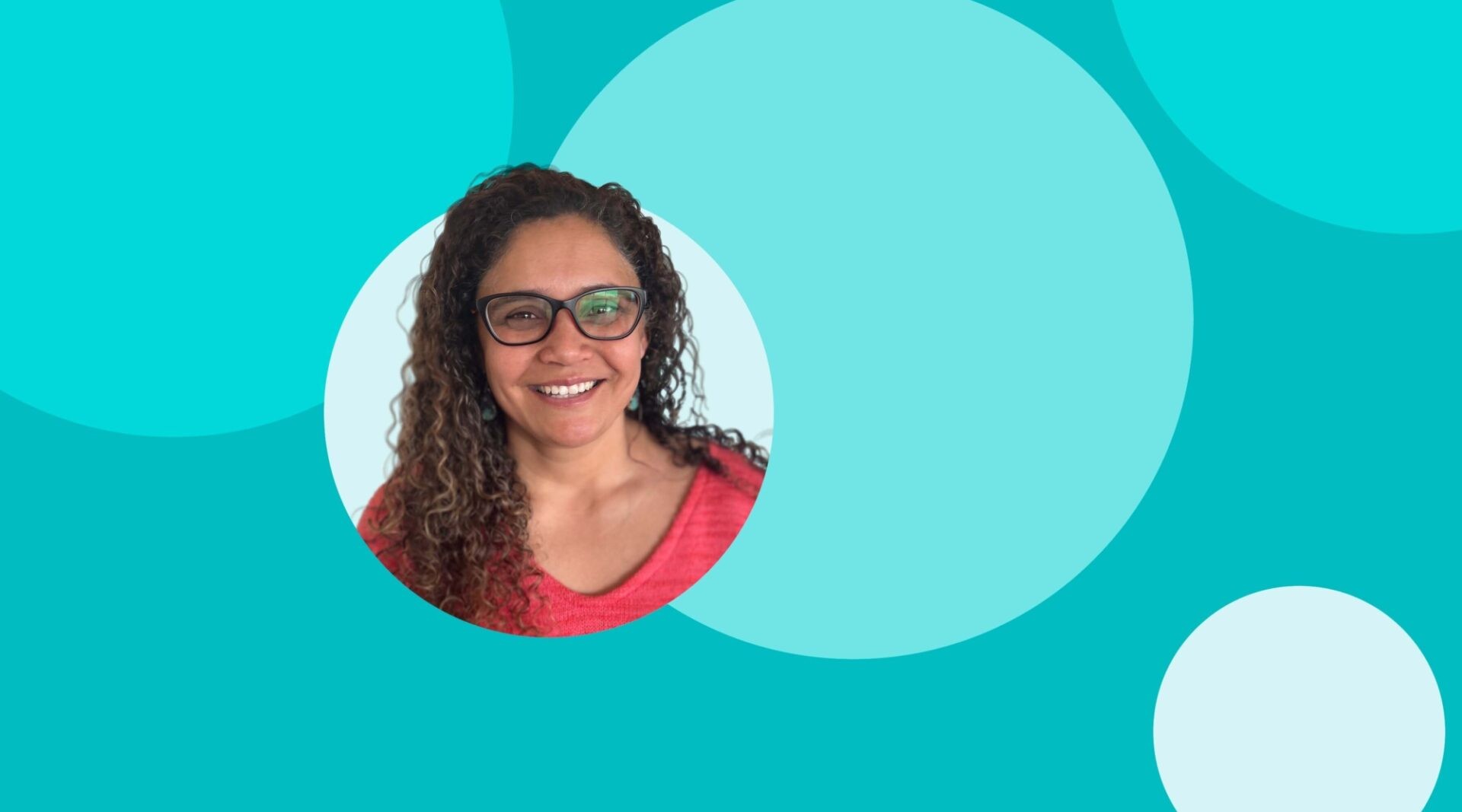Fernanda Urrutia
she/her
Fernanda Urrutia is a Chilean astrophysicist who has always been passionate about astronomy, science communication, and sports.
Highlights
- She was a member of the Chilean national team in the 400-meter dash
- She became interested in astronomy at 4 years old
- She specializes in Tidal Dwarf Galaxies
Fernanda Urrutia began her scientific career at the Chilean Catholic University. After graduating with her bachelor’s degree, she obtained her Ph.D. from the University of São Paulo, where she studied a type of star-forming galaxy that emerges from gas expelled after interactions between larger galaxies, called “tidal dwarf galaxies.” "When two galaxies interact, they expel some of their gas, which remains outside the galaxies. This gas then compacts, forming new stars, and this group of stars forms this type of galaxy,” Fernanda said. “Until a few years ago, it wasn't clear to us whether these were stable objects in the universe or whether they would disintegrate in a few years."
So, how did Fernanda find herself with a career in education and outreach? While studying for her undergraduate degree at the Catholic University of Chile in Santiago, she helped form Física Itinerante (Traveling Physics), a group of science students who visited schools in Santiago to inspire and bring science closer to younger students. Fernanda amazed the children with various experiments using liquid nitrogen, freezing everything, and even making chocolate milk ice cream—delicious, educational, and fun!
She also taught classes to help adults aged 40 and over finish high school. “I worked with incredibly dedicated people,” Fernanda said. “It was moving to see these individuals who wanted to finish their studies to feel proud of themselves. It was very beautiful,” she added. As a teacher, she was very hands-on and even accompanied her students on test days in front of the Ministry of Education to support them at such a special moment.
These experiences prepared Fernanda to secure her first formal job in astronomy education and outreach when she was hired at the International Gemini Observatory as part of the Education and Outreach team. Rubin Observatory is delighted to welcome her now to our Education and Public Outreach (EPO) team as our Chile EPO Liaison!
Fernanda could have begun exploring science communication even earlier, but she was busy with skating, track and field, and mountaineering.
As a talented athlete, Fernanda explored many different sports. For an entire year after high school, she dedicated herself to athletics—even becoming a member of the Chilean national team in the 400-meter dash! Once in university, she competed as a member of both her university's team and the Metropolitan Region team in Chile. Additionally, she was an avid mountain hiker. But although she was multitalented, she eventually had to choose between mountaineering and track and field. "I had been advised to ask ‘the mountain for a sign,’ and although I thought it was a bit crazy, I did it. I sat on a rock and asked for a sign. The next day, while we were summiting Cerro Leoneras (4,950 meters or 16,240 feet), a lamp inside my tent burned my expensive and hard-to-replace sleeping bag. The mountain was telling me I wouldn't need it anymore, and then I decided to give up climbing to continue with track and field,” she recalls.
Fernanda always knew she had to study to be an astronomer and share her passion with the world. “I have been interested in astronomy since I was 4 years old,” she says. “At first, I thought I wanted to be an astronaut, but it was really a mix-up because I always imagined doing the work of an astronomer,” she clarifies. “When I was older, in my 20s, I really clarified my expectations and imagined doing exactly what I do today, both professionally and personally.” Now, as an outreach professional and educator with Rubin Observatory, she gets to combine her passions for communication, education, and astronomy.
Fernanda’s interests have always been in helping and communicating—in fact, in another life, she says she might have been a doctor. “I have relatives who are dedicated to medicine, and that’s something an alternative reality Fernanda would love to do.” But that’s not to say she doesn’t think she’s contributing in her own way. “Communicating astronomy is what I can do. I believe in what I do. I believe we are making a contribution.” She shares two lovely anecdotes to prove her point. “One of the most beautiful and significant memories of my work is having inspired a 3-year-old gifted boy in La Serena, Chile, or having played a role in inspiring a particular group of girls to deepen their interest in robotics and mathematics. I believe our work can influence the lives of, hopefully, the next generation of scientists.”
Fernanda, like everyone at the Rubin Observatory, believes that anyone who wants to should have a place to participate in the world of science.
Lightning round Q&A: Get to know Fernanda better!
If you could live in any fictional universe, which one would it be?
In the Harry Potter Universe, I would love to attend Hogwarts, learn spells and potions 🧪 and fly on a broom 🧹
What food could you eat for a week straight?
French fries, sushi, and ceviche.
Would you go to space?
YES! I would happily go to the Moon.
What is your most used emoji?
🥳 and 🫣
Favorite season?
I love the colors of the trees and their flowers.

